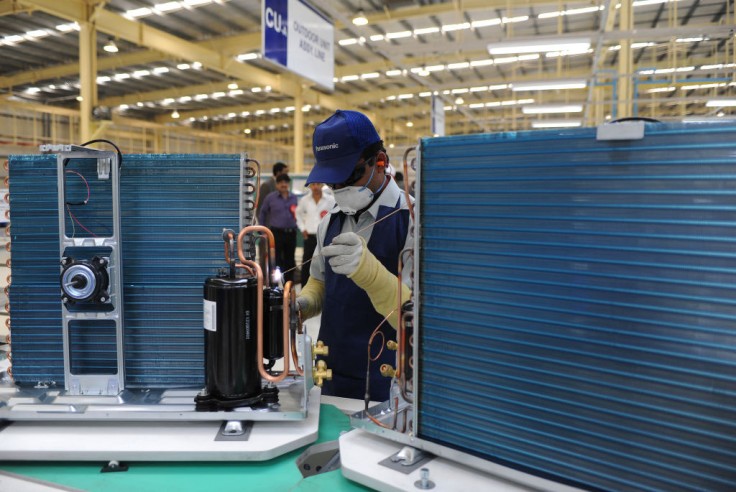
The Centers for Disease Control and Prevention (CDC) is urging building owners and operators to improve indoor air quality to reduce the transmission of COVID-19 and other airborne diseases.
With evidence showing that airborne particles can remain suspended in the air for hours and travel distances greater than six feet, improving ventilation and air filtration in indoor spaces can play a crucial role in mitigating the spread of infectious diseases.
CDC Emphasizes Importance of Indoor Air Quality
The Centers for Disease Control and Prevention recommends achieving a minimum of five air changes per hour to minimize the spread of germs.
To achieve this, a portable air cleaner is suitable as long as it is appropriately sized for the space in which it is used, according to the CDC.
The COVID-19 pandemic has highlighted the importance of indoor air quality in reducing the transmission of airborne diseases.
While the virus can spread through respiratory droplets produced when an infected person talks, coughs, or sneezes, research has shown that the virus can also be spread by tiny airborne particles known as aerosols.
These particles can linger in the air for extended periods and travel farther than previously thought, making it important to reduce their concentration in indoor spaces.
To combat the spread of COVID-19 and other airborne diseases, the CDC is calling for building owners and operators to prioritize indoor air quality.
While the CDC has previously recommended measures such as physical distancing, wearing masks, and hand hygiene, improving indoor air quality can further reduce the risk of transmission.
How Can Improving Indoor Air Quality Help Combat Airborne Diseases?
Improving indoor air quality can help combat the spread of airborne diseases by reducing the concentration of infectious particles in the air.
This can be achieved through measures such as increasing ventilation, improving air filtration, and using portable air cleaners.
According to CNN, Joseph Allen, the director of the Harvard Healthy Buildings Program, expressed his appreciation for the new ventilation guidance issued by the CDC, describing it as a "monumental shift" since there were no previous health-based ventilation standards.
By diluting the concentration of infectious particles in the air, these measures can reduce the risk of transmission in indoor spaces.
The CDC recommends using a combination of these measures to achieve at least five air changes per hour (ACH) of clean air in indoor spaces.
This can be achieved through a variety of methods, including central ventilation systems, natural ventilation, and additional devices that provide equivalent ACH.
Challenges in Implementing Indoor Air Quality Strategies
As stated by the U.S. Environmental Protection Agency, the majority of the American population spends a significant amount of time, up to 90%, indoors, particularly in office settings during work hours.
The quality of indoor air is a significant concern for building managers, employees alike, tenants, and businesses, as it can have a considerable impact on the well-being, comfort, health, and productivity of those occupying the building.
While improving indoor air quality is a crucial step in reducing the transmission of airborne diseases, implementing these strategies can be challenging.
Building owners and operators may lack knowledge and experience in implementing ventilation and air filtration strategies, making it important to seek expert consultation.
Additionally, different building types and occupancies may require different strategies, and environmental and seasonal changes can further complicate implementation.
Despite these challenges, the CDC emphasizes the importance of implementing multiple building-level mitigation strategies to improve indoor air quality.
By using a layered approach that includes physical distancing, wearing masks, and hand hygiene in addition to ventilation and air filtration, building owners and operators can further reduce the risk of transmission in indoor spaces.